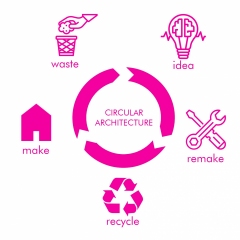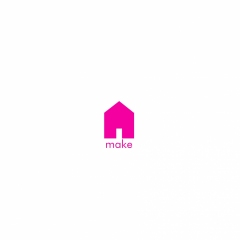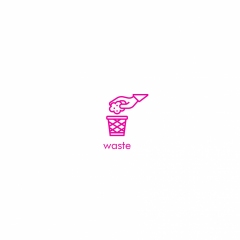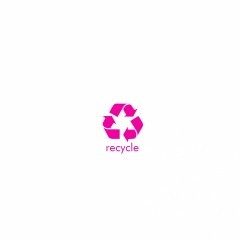Limiting wastage, reducing consumption and a reasoning resource use are the cornerstones of an economic development model of our days that lead us to the only possible future: the one that might be sustainable and innovative. Climate change issue linked with the unsustainability of the economic model, through which our contemporary society is based, will be widely discussed under the architectural perspective.
ghhjkl
The present economic and social model based on globalization and liberalization emphasises on the financial aspect of economy, though not considering the productive one and, even worse, ignoring the physical limits of the planet. There is a need of cultural revolution that might know how to stem environmental problems, consequence of our negative lifestyle we are used to. The aim should be redefining a forward-looking economic model that could know how to reconvert production activities and the energy sector as well.
Once established that each one of us has a role in society, being responsible for the present situation, we should actively contribute to change. It won’t take place immediately: the reversals cannot take place in a few moments. Nevertheless, the shift towards a global change will have to start from the political and economic system to involve every field man operates.
Many areas, especially the one belonging to the industrial system, are moving from a linear economic system to a circular model planned to reuse materials in subsequent production cycles, reducing waste to the lowest. A scrupulous examination of all the production phases, starting from the design and reaching the distribution, up to the disposal phase, will be the modus operandi at the very base of this approach. Reducing supply of energy and raw material, starting from reused products, would be excellent to minimize waste and loss. This would allow radical changes and sustainable development relevant to all sectors and able to produce global change.
To achieve this, we may apply the same concept in the field of architecture by reasoning by analogy and considering the building as an industrial product. Too often we tend to wrongly identify green skyscrapers with “Green Architecture“, but actually a building with hipster garment represents a magnet for the upper-middle class market more than a real solution to climatic and environmental issue. Sustainable architecture is affordable only when the entire production process of the building respects its paradigms. If we just think about architecture as an industrial product, we may easily understand how procuring materials, production waste, use and disposal of the product-building are processes that already produce waste.
The design approach should consider the entire life cycle of the building, letting materials being suitable for reuse in other construction works or in other production processes. In addition to materials to be used for design and construction, high energy performance standards are necessary and must involve renewable sources too. From this point of view, the regulations and obligations introduced in recent years on energy saving and minimum standards are certainly a good starting point.
Pioneers of this approach have to be found in Denmark. The 3XN architecture studio is one of the first to realize these models on a project, based on affiliated residences, and to exploit an abandoned area close to the railway meant to create a neighbourhood based on efficient and economical sustainability and ambiental regeneration, shifting the concept of “Circular Economy” into architecture by introducing the theme of “Circular Architecture”. In Denmark about 87% of the material used in the construction industry is recycled thanks to the optimization of the design process, which is based on the idea of disassembling the finished product to reuse materials in other processes, once ended the building lifetime. Floors, windows and walls can be dismantled and reassembled, re-used for other architectural products and regenerated once their use in the construction field ends. High energy performance and the very low waste generate a sustainable architectural model that allows to adapt to contemporary needs, avoiding to be reduced to a cemetery of materials once decommissioned. Their reuse can also be useful under an economic and environmental point of view. The raw materials implemented drew from the revaluation of waste from other productions. The choice of the right partnership and collaboration between companies is the main object of this economic system. The ability of the manufacturer/designer to reinvent waste materials without compromising aesthetic pleasure will be the true, solid strong point.
Translated into English by Francesco Merra.
– Building a Circular Future, 3XN, 3rd Edition, www.gxn.3xn.com, 2019.
– Peter Lacy, Jakob Rutqvist, Waste to Wealth: The Circular Economy Advantage, London, Palgrave Macmillan, 2015.
















